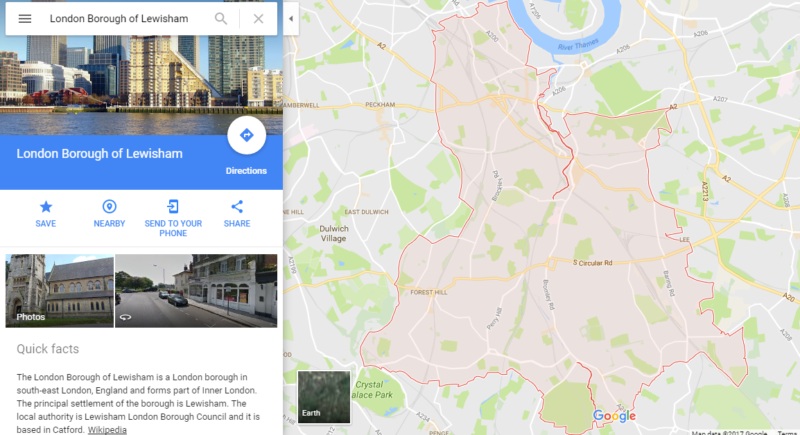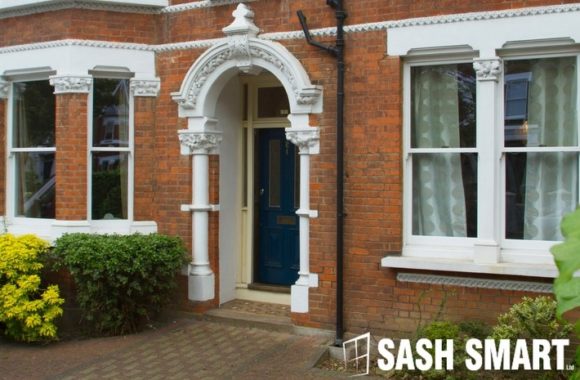Windows in conservation areas, locally listed buildings, or listed buildings- Some great guidance from Lewisham Council

London Borough of Lewisham
Windows in conservation areas, locally listed buildings, or listed buildings:
What type of changes are likely to be acceptable?
Part of the Council’s job is to protect the special architectural and historic interest of listed buildings and conservation areas. The kinds of changes you may be able to make to your existing windows including replacing them will depend on a number of factors:
• Whether the building is nationally or locally listed
• In a Conservation Area.
• The kinds of windows you currently have.
• The position of the windows in the building.
The Council takes decisions on planning applications for windows on a case by case basis; however, the advice below is general guidance on the way we aim to work. If you are in any doubt (there are many kinds of buildings and many kinds of windows) you should contact the Conservation Section.
Windows in Conservation Areas and on Locally Listed Buildings: On elevations visible from public viewpoints (usually the front and sometimes the sides and rear of buildings) we always expect replacement windows to be of the same material as the original (usually timber) and exactly the same type and design. The majority of the borough’s historic housing stock have traditional timber sliding sash or casement windows. Their replacement with uPVC or aluminium windows will not be accepted.
We normally permit the change to double-glazing, although slim-profile double glazing is preferred (slim-profile double-glazing has a slimmer cavity, and therefore thickness than conventional double glazing). On non-visible elevations (usually the rear of the building) we encourage the same, but will sometimes permit the use of a non-traditional material (such as uPVC or aluminium) provided the overall type of the window (its design, the glazing and opening pattern) are similar to the original.
Windows in Listed Buildings: Original windows will almost always contribute to the significance of a Listed Building and where they survive, they should be retained and repaired unless it has been agreed with the conservation officer that they are truly beyond practical economic repair. Where replacement is considered acceptable, the new windows should be identical to the original in design, details and material. Where the original design is not known, any new window should be designed carefully to match the style and period of the building.
Where the application is for replacing modern windows in Listed Buildings:
The use of slim-profile double-glazing may be acceptable in individual cases. This will depend on whether the introduction of slim double-glazing would require alterations to the design and thickness of the window frames and glazing bars to be made. Another consideration is the location of the window i.e. is it visible in context with surviving original single-glazed windows on the elevations of the building itself, or as part of a terrace or a semi-detached. Replacement with conventional (24-28mm) double-glazing is not acceptable in Listed Buildings.
Replacement of modern windows. In both Listed Buildings and Conservation Area: You may be replacing fairly modern windows which are the wrong design or the wrong material. Our approach is generally to seek the closest match to the windows the building would historically have had. It makes sense for you to look at nearby similar homes which have historic windows and seek to copy them.
To find the full article click here- www.lewisham.gov.uk





